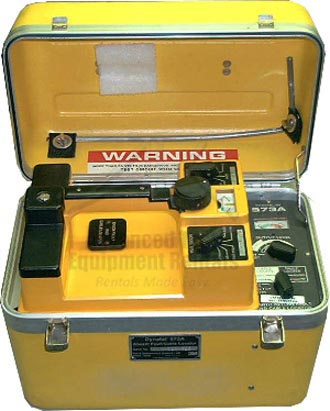If you would be more specific about what happens when it 'goes crazy' that could help narrow down the location of the problem.
If the neutral issue is upstream of the Tesla Gateway then I would expect the Gateway to disconnect from the grid when either L-N voltage is outside of about 135V and 108V. And then, if there's only one issue, the Powerwalls should operate fine off grid. But then the line side voltage could go back to normal without load, so the Gateway would reconnect to the grid after a minute or a few minutes, and the cycle would repeat. If this describes it 'going crazy' then your issue is likely between the meter and the Tesla Gateway.
If the neutral issue is between the Powerwalls and the loads I wouldn't expect the Powerwall to necessarily be able to notice.

www.atecorp.com

